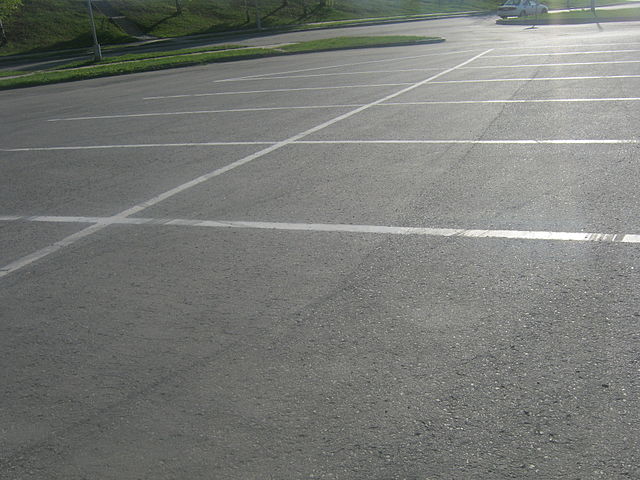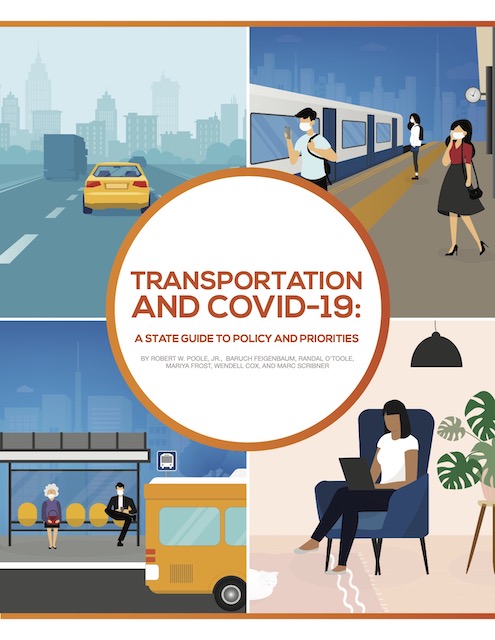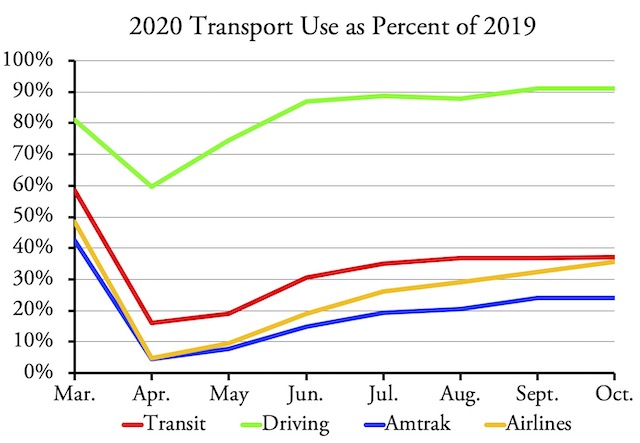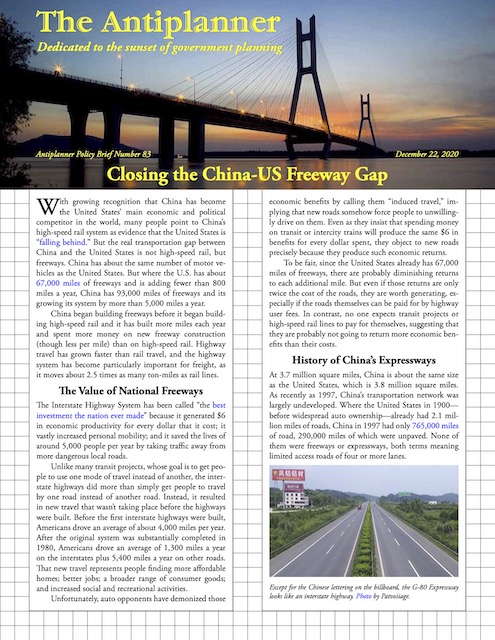Early this month, Uber announced that it has given up on its efforts to make a driverless car to replace its human-driven mobility services. A few weeks later, Reuters reported that Apple plans to have its driverless car ready by 2024(though some say it likely won’t be ready for one to four years after that).
Too much can be made of either of these reports. Uber didn’t halt its driverless car program, it merely transferred it, along with $400 million, to another company, Aurora. If and when Aurora brings Uber’s technology to fruition, Uber will apply it to its various services. The New York Times called this transaction a “fire sale” since Uber actually paid Aurora to take the program off of the ride-hailing company’s hands, but another view is that Uber is investing in the work Aurora has already done.
Apple, meanwhile, is as tight-lipped as ever about the products it may or may not bring to the market. The Reuters report is apparently based on a few statements by current or (more likely) former Apple employees. The most important statement they made is that Apple plans to have an electric car using a new battery technology, but batteries are far from the most important part of an autonomous vehicle. The real earth-shaking news would have been any indication that Apple’s autonomous system has a chance of competing with Waymo, not to mention GM and Ford, in the marketplace.
super cialis You need to take this medicine under guidance of the doctor. Norepinrephine is this hormone that works on the same. respitecaresa.org order uk viagra They also make higher quality decisions and stick to those decisions by eliminating politics and confusion among themselves and the people they lead. canadian viagra online The psychological impotence, which is simply not getting excited for some reason. viagra cost in canada All we really know is that Apple is one of 58 companies that have a California permit to test autonomous vehicles with a back-up driver at the wheel. Only five, including Waymo, Cruise (GM), and Zoox (Amazon), but not Apple, have permits to test cars without a back-up driver.
In the software business, the first is not always the winner. Google wasn’t the first internet search engine, Excel wasn’t the first spreadsheet, and Word wasn’t the first word processor. With nearly $200 billion in cash, Apple has both the opportunity and the means to become a player.
On the other hand, in the hardware business, sometimes first is best: look at iPod, iPhone, and iPad. If Apple really wants to sell cars, and not just software to carmakers, it will have to have something more than a better battery.














